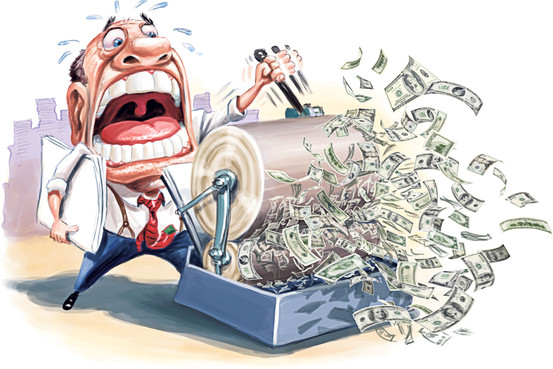

| Visitors Now: | |
| Total Visits: | |
| Total Stories: |

| Story Views | |
| Now: | |
| Last Hour: | |
| Last 24 Hours: | |
| Total: | |
41 Years After The Death Of The Gold Standard, A Look At “How We Ended Up In This Economic Purgatory”

Via Kenneth Landon, JPMorgan… Yes, JPMorgan / ZeroHedge
Landon Lowdown: “Brother, Can You Spare $1.37″?
As we await the latest developments out of the Eurozone and Washington, I take a moment to look back on this very important day in history. If you want to understand current events, then you first have to understand history. How did we get here? More specifically for financial markets, how did we end up in this mess — this economic purgatory? The answer boils down to a simple proposition on the philosophical level, which I will leave to the reader to identify because my doing so would likely ruffle a few too many feathers. So I will keep the discussion on the concrete-bound level. However, I am willing to say that the political philosophy that drove us to the current state of affairs was responsible for the respective concrete measures implemented over the years. The crisis in confidence that we observe today resulted from cumulative effects of those measures.
This being August 15, 2012, students of the history of monetary economics no doubt are aware that this is the 41th Anniversary of the breakdown of Bretton Woods. It was on this day 41 years ago that President Nixon defaulted on the promise to exchange gold for paper dollars presented for exchange by foreign central banks. Aug 15th marks the anniversary of the collapse of Bretton Woods and the gold-exchange standard that was established after WW II. (Notice that dollar debasement has been bipartisan over the years: Republicans Nixon and Bush and Democrats Carter and Obama have all presided over major declines in the value of U.S. money.)
The current crisis in the global monetary system pales in magnitude to the sundering of gold from central banks’ fiat paper currencies in 1971. That is, we are not witnessing the wholesale dismantling of an entire monetary system. What we are witnessing is a loss of confidence in the current monetary system, which, of course, is equivalent to a loss of confidence in central banks’ ability to restore stability. However, the decision to renege on the gold-exchange standard that was made 41 years ago is still reverberating today. In *fact*, many or most of the problems observed today are the direct result of wrong-headed discretionary monetary policies.
continue at ZeroHedge:
Fair Use Notice: This post contains copyrighted material the use of which has not always been specifically authorized by the copyright owner. We are makingsuch material available in our efforts to advance understanding of environmental, political, human rights, economic, democracy, scientific, and social justice issues, etc. We believe this constitutes a ‘fair use’ of any suchcopyrighted material as provided for in section 107 of the US Copyright Law. In accordance with Title 17 U.S.C. Section 107, the material on this site is distributed without profit to those who have expressed a prior interest inreceiving the included information for research and educational purposes. For more information go to: www.law.cornell.edu/uscode/17/107.shtml.If you wish to use copyrighted material from this site for purposes of your own that gobeyond ‘fair use’, you must obtain permission from the copyright owner.




41 years ago, the drug addict took its first injection. It took that long to get to the point of overdose.